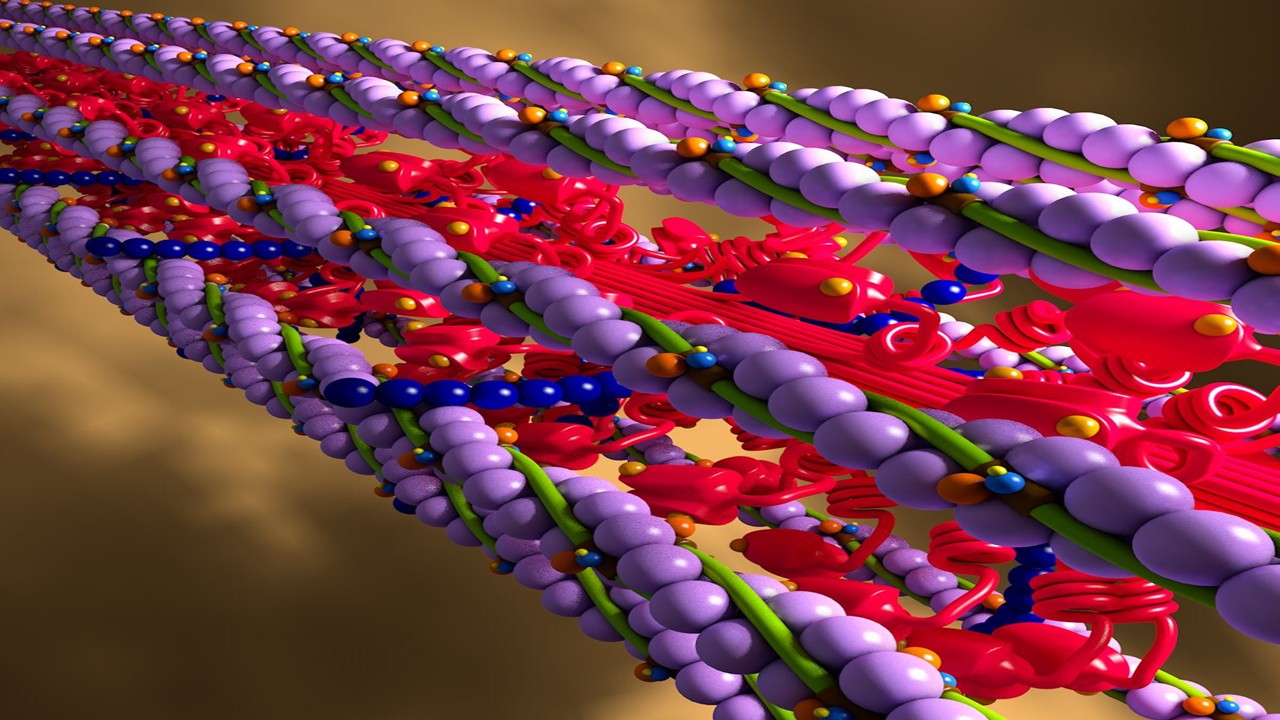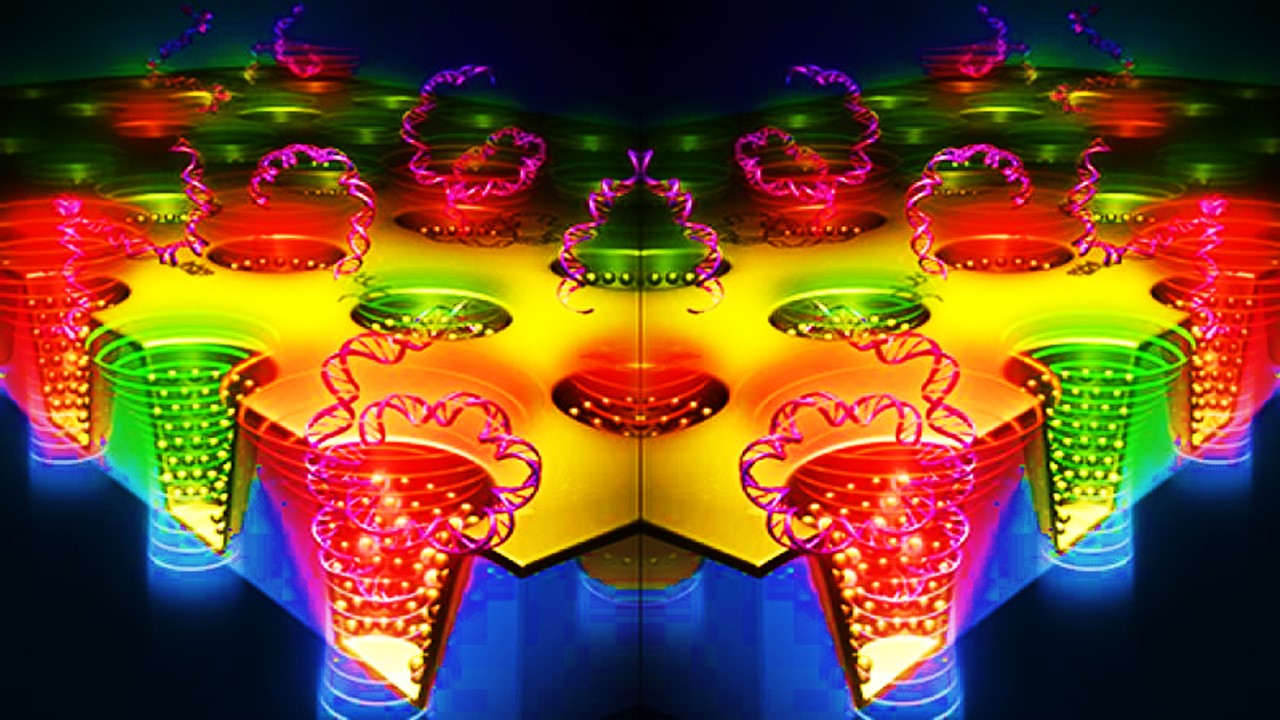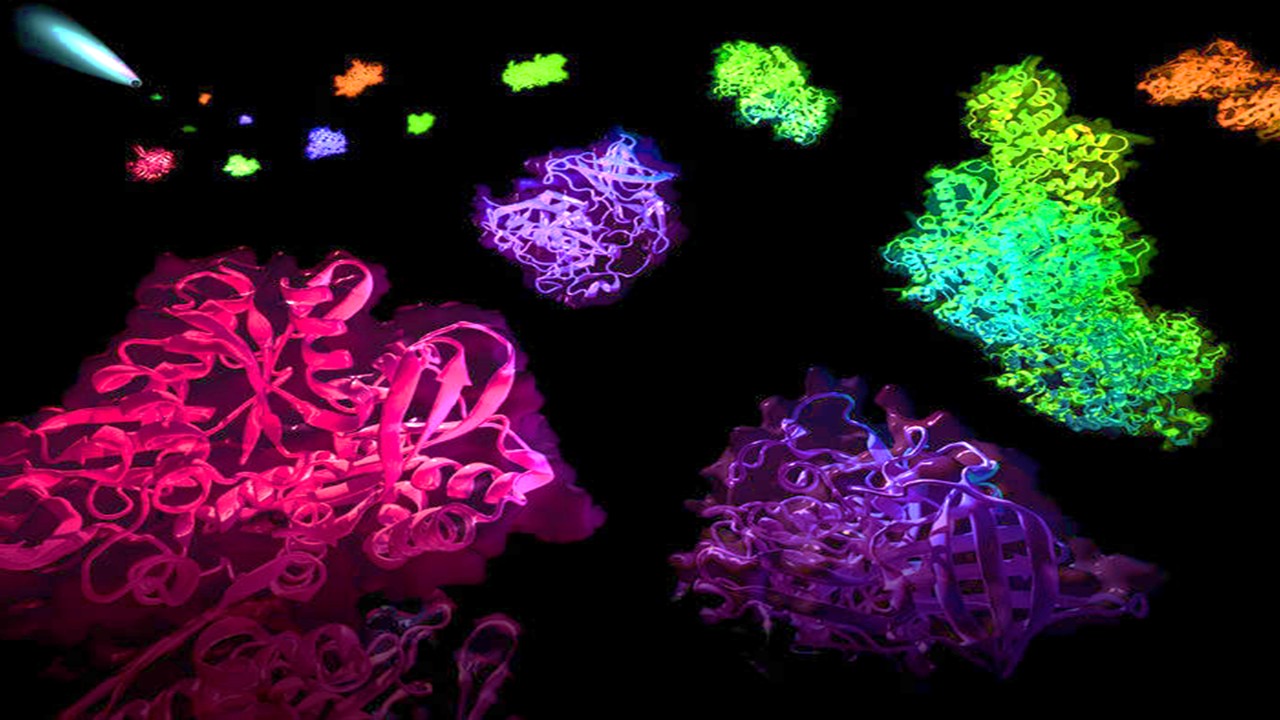For decades, non-coding RNAs (ncRNAs) were relegated to the fringes of genetic research, considered mere byproducts of gene transcription without real biological function. However, emerging studies have dramatically altered this perception. Unlike their protein-coding counterparts, ncRNAs do not translate into proteins but play critical roles in regulating gene expression. They are broadly categorized into short ncRNAs, such as microRNAs (miRNAs), small interfering RNAs (siRNAs), and PIWI-interacting RNAs (piRNAs), and long ncRNAs, including long intergenic ncRNAs (lincRNAs) and circular RNAs (circRNAs). These molecules are now recognized as integral to a wide array of biological processes, from development and differentiation to complex disease mechanisms, including cancer.
The burgeoning field of cancer research has shed light on the dualistic nature of ncRNAs in oncogenesis. Some ncRNAs act as oncogenes, driving cancer progression, while others serve as tumor suppressors. For instance, miRNAs can target and regulate the expression of oncogenes and tumor suppressor genes alike, depending on their cellular context. Long ncRNAs, too, have demonstrated a capacity for either promoting cancer progression or acting as barriers to tumor growth. The discovery that these non-coding molecules are not just passive participants but active regulators of cellular pathways underscores their profound impact on cancer biology and highlights a new dimension in understanding cancer pathology.
Long Non-Coding RNAs: Gatekeepers of Gene Expression
Among the diverse ncRNA categories, long non-coding RNAs (lncRNAs) stand out due to their intricate roles in gene regulation. LncRNAs, defined by their length exceeding 200 nucleotides, have emerged as influential modulators of various cellular processes, including transcriptional control, chromatin remodeling, and RNA splicing. Unlike shorter ncRNAs, lncRNAs often exert their effects by interacting with DNA regulatory elements, recruiting chromatin-modifying complexes, and influencing gene transcription. Their impact on cancer is profound and multifaceted.
For instance, the lncRNA HOTAIR is notably upregulated in several cancers and contributes to tumor progression by recruiting chromatin-modifying enzymes that alter gene expression. Similarly, LINC00511 has been implicated in gastric cancer, where it promotes cell proliferation and migration by targeting tumor suppressor miR-765. The lncRNA UCA1 has also been shown to facilitate bladder cancer metastasis by sequestering miR-145, thereby activating oncogenic signaling pathways. These findings reveal that lncRNAs are not only markers of cancer but potential therapeutic targets, offering new avenues for targeted cancer treatments.
MicroRNAs: Small Molecules with a Big Impact
MicroRNAs (miRNAs), with their shorter sequences of 18–25 nucleotides, play a pivotal role in the regulation of gene expression at the post-transcriptional level. They modulate gene activity by binding to messenger RNAs (mRNAs), leading to mRNA degradation or inhibition of translation. This regulatory mechanism is crucial for maintaining cellular homeostasis and can be significantly disrupted in cancer.
In cancer, miRNAs can function either as oncogenes or tumor suppressors. For example, miR-21 is often overexpressed in tumors and promotes cancer progression by targeting tumor suppressor genes. Conversely, miR-34a, which is frequently downregulated in various cancers, acts as a tumor suppressor by inhibiting genes involved in cell proliferation and metastasis. Recent research has expanded the understanding of miRNAs in cancer, revealing their role in regulating cancer stem cells and influencing therapy resistance. These insights emphasize the potential of miRNAs as biomarkers for cancer prognosis and targets for therapeutic intervention.
Circular RNAs: The Versatile Regulators
Circular RNAs (circRNAs) represent another intriguing class of ncRNAs that have gained attention for their unique regulatory roles. Unlike linear RNAs, circRNAs form covalently closed loops, which confer stability and resistance to degradation. This stability allows circRNAs to function as regulators in various biological contexts, including cancer.
CircRNAs can act as oncogenes or tumor suppressors depending on their cellular context. For example, circPVT1 is upregulated in many cancers and contributes to tumor growth by regulating gene expression. On the other hand, circHIPK3 is downregulated in cancers and acts as a tumor suppressor by inhibiting cell proliferation and promoting apoptosis. Additionally, circRNAs such as circ_0067934 and circ_0008450 have been shown to impact cancer progression through mechanisms like miRNA sponging and activation of oncogenic pathways. These findings underscore the potential of circRNAs as diagnostic and prognostic markers and highlight their relevance in developing novel cancer therapies.
The Hidden Coding Potential of Non-Coding RNAs
A groundbreaking revelation in recent research is the discovery that certain non-coding RNAs possess coding potential. Traditionally, ncRNAs were classified as non-coding due to their lack of protein-coding functions. However, recent studies have uncovered that some ncRNAs can engage in translation, producing peptides or small proteins with regulatory roles. This finding challenges the conventional classification of ncRNAs and highlights their complex involvement in gene expression regulation.
The coding potential of ncRNAs adds a new layer of complexity to our understanding of gene regulation. For example, specific ncRNAs can generate peptides that influence various biological processes, including cellular signaling and tumor progression. This discovery not only broadens the scope of ncRNA functions but also opens new avenues for research into their roles in cancer and other diseases.
PiwiRNAs: Guardians of Genomic Integrity
Piwi-interacting RNAs (piRNAs) are another class of small ncRNAs that have garnered attention for their roles in genome stability and gene regulation. Predominantly expressed in germline cells, piRNAs are involved in silencing transposable elements and modulating epigenetic marks. Their dysregulation has been linked to various cancers, suggesting that they play a role in tumorigenesis.
PiwiRNAs function by forming complexes with Piwi proteins, which recognize and silence transposable elements through mechanisms such as DNA methylation and histone modification. In cancer, aberrant expression of piRNAs and Piwi proteins has been associated with enhanced tumor growth, invasion, and chemotherapy resistance. The involvement of piRNAs in regulating other non-coding RNAs and influencing epigenetic modifications further underscores their significance in cancer biology and their potential as therapeutic targets.
The Diagnostic and Therapeutic Potential of ncRNAs
Non-coding RNAs have emerged as valuable tools in cancer diagnosis and treatment. Their stability in bodily fluids makes them ideal candidates for liquid biopsy, a minimally invasive diagnostic technique. For example, miRNAs and lncRNAs present in blood samples have shown promise as diagnostic markers for various cancers, including breast cancer and lymphoma.
In addition to diagnostic applications, ncRNAs are being explored as therapeutic targets. Anti-miRNA oligonucleotides and siRNAs have demonstrated potential in modulating cancer-related gene expression and enhancing the efficacy of existing treatments. Research continues to uncover new RNA-based therapies and their potential to revolutionize cancer treatment strategies.
The exploration of non-coding RNAs represents a transformative shift in our understanding of gene regulation and cancer biology. As research advances, ncRNAs may not only provide new insights into disease mechanisms but also pave the way for innovative diagnostic and therapeutic approaches, ultimately advancing the fight against cancer.
Engr. Dex Marco Tiu Guibelondo, B.Sc. Pharm, R.Ph., B.Sc. CpE
Editor-in-Chief, PharmaFEATURES

Subscribe
to get our
LATEST NEWS
Related Posts

Molecular Biology & Biotechnology
Myosin’s Molecular Toggle: How Dimerization of the Globular Tail Domain Controls the Motor Function of Myo5a
Myo5a exists in either an inhibited, triangulated rest or an extended, motile activation, each conformation dictated by the interplay between the GTD and its surroundings.

Drug Discovery Biology
Unlocking GPCR Mysteries: How Surface Plasmon Resonance Fragment Screening Revolutionizes Drug Discovery for Membrane Proteins
Surface plasmon resonance has emerged as a cornerstone of fragment-based drug discovery, particularly for GPCRs.
Read More Articles
Designing Better Sugar Stoppers: Engineering Selective α-Glucosidase Inhibitors via Fragment-Based Dynamic Chemistry
One of the most pressing challenges in anti-diabetic therapy is reducing the unpleasant and often debilitating gastrointestinal side effects that accompany α-amylase inhibition.













